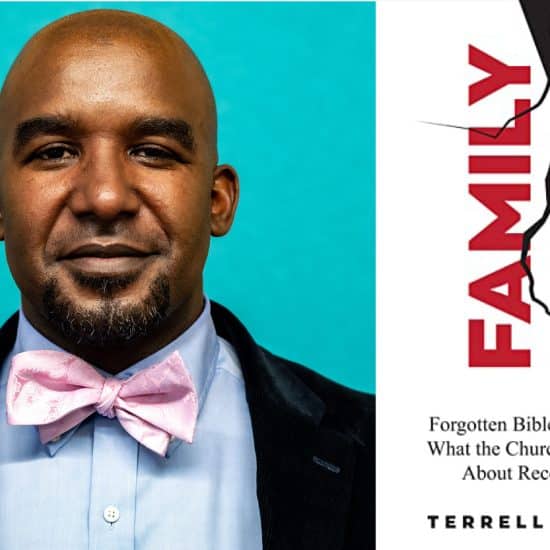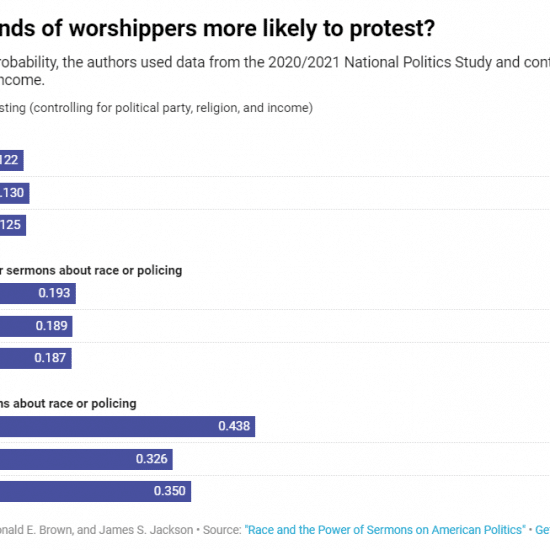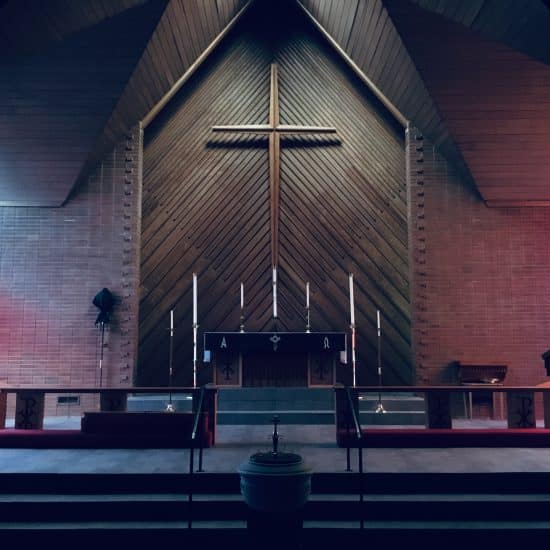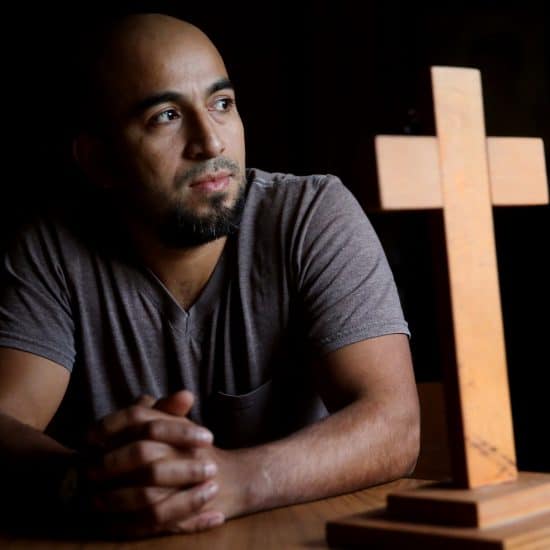By David Briggs
Religion News Service
AKRON, Ohio — Andrew Hamilton still can taste the homemade apple, cherry and peach pies that capped off the covered-dish church meals of his youth in Lakeville, Mass.
In those days, children played on their own for hours while adults spent Sunday afternoons in conversation. The church seemed like one big family, said Hamilton, 44, pastor of Akron’s Springfield Church of the Brethren.
Every Thursday night, Hamilton’s church opens its weekly supper to the community, and about a third of those who attend aren’t even church members. It’s all part “of an authentic witness sharing the basic necessities of life with people in the community,” he said.
Still, those leisurely feasts of food and fellowship are few and far between. Today’s church meal is different. It often features a simpler menu — sandwiches and soup or fast food — and has a more complex purpose.
Churches still offer meals to promote the joy of community, but they also hold them to evangelize, serve the needy and encourage people to attend programs.
“The church supper has extended beyond Sunday,” said Psyche Williams-Forson, assistant professor of American studies at the University of Maryland. “Many churches are finding more creative uses for the church supper.”
Ask religious leaders about the church meals of their youth, and they smile and gaze off into the distance. People who grew up in the 1960s or earlier remember a simpler lifestyle before 24/7 superstores, travel soccer tournaments and wall-size televisions with hundreds of cable channels.
At that time, many Christians not only reserved what they considered the Lord’s Day for church, they also stayed after the morning service to share a community meal. In many Baptist and Pentecostal churches, people would stay all day. The noon meal was a bridge between morning and afternoon or evening services.
Then came the rise of Sunday shopping and the movement of women into the workforce in large numbers. Few people were willing to devote entire Sundays to church.
Now in many churches, clergy say, some congregants don’t let the door hit them on the way out to children’s activities, movies, shopping trips or televised sports.
“We allow other things to crowd in. Breaking bread together was a form of fellowship,” said Rodney Maiden of Providence Baptist Church in Cleveland. “I do think something is missing” without the opportunity for table fellowship.
Some congregations have made adjustments to make it easier for members to attend church meals.
A couple of years ago, Westlake United Methodist Church started providing the main dish at its quarterly potluck suppers. That allows young parents to bring an appetizer or dessert, or even come empty-handed.
Since the change, attendance has almost doubled, from 50 to 100 people, with more young families, said Judy Wismar Claycomb, the church’s pastor.
Broadway United Methodist Church in Cleveland offers weekly church suppers after religious-education programs on Wednesday nights. The menu can be as simple as hot dogs and chips.
Last year, the church began a quarterly family dinner after Sunday services. On those days, worship attendance often increases from around 35 people to more than 50.
Like the church suppers of days past, the meals provide time for conversation and a way to get to know one another, Yvonne Conner said.
“This is what people really respond to,” she said. “And we have good food.”
What separates many church suppers today from meals offered in past generations is that they are open to the community. In Cleveland, St. Luke’s Episcopal Church invites members and neighbors to its family night every Wednesday.
David Bargetzi, rector of St. Luke’s, sees this combination church supper-neighborhood outreach program as an expression of Christian community that dates to ancient times.
About one-third or more of the 100 to 120 weekly diners are among the 60 to 80 people who worship on Sundays. The homeless, working poor and other neighborhood folks also come for meals, such as roast pork.
Bargetzi stands at the door greeting people by name, while “prayer waitresses” walk around asking people for prayer requests.
A 63-year-old man on Social Security who lives up the street and worships at St. Luke’s said he enjoys leaving the house and seeing people he knows at the suppers.
“Everybody’s real friendly,” said Lee, who declined to give his last name. “Some churches you go to, they treat you like you’re a piece of dirt. Here, they treat everybody the same.”
David Briggs writes for The Plain Dealer in Cleveland.






